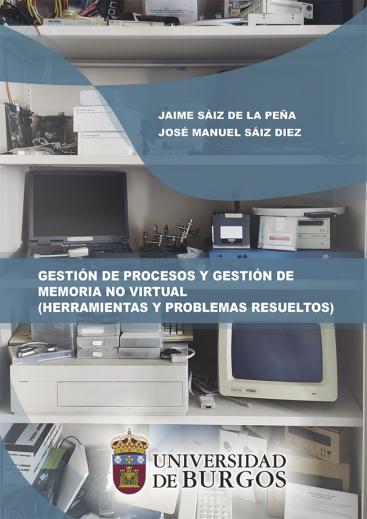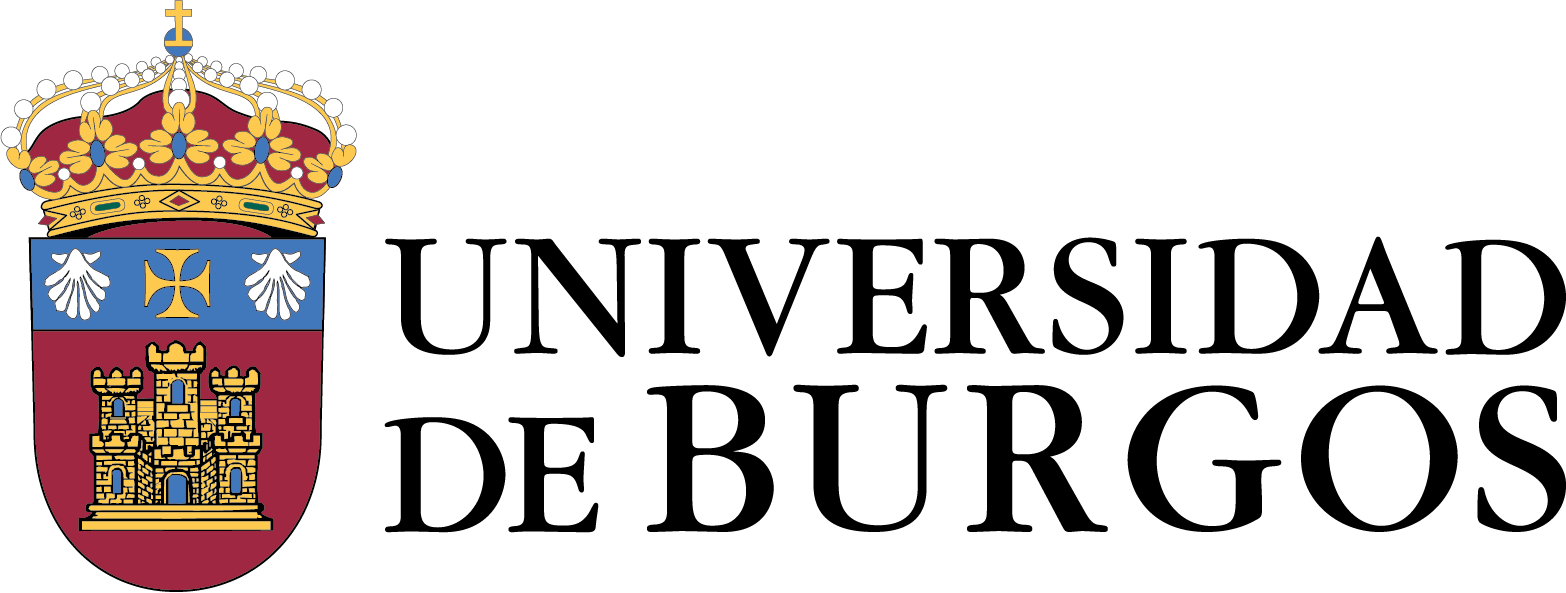Gestión de procesos y gestión de memoria no virtual (herramientas y problemas resueltos)
Keywords:
operating systems, process management, memory management, non-virtual memory, partitions, dynamic memory, paged memorySynopsis
There are a significant number of computer systems for which different operating systems have been designed to make use of all of their components.
Furthermore, operating systems have evolved to become the intermediary between the user and the machine, relieving the user from the complexity of the hardware. As they have evolved, their different functionalities have been separated, among which the management of certain elements, such as processes and memory, stands out.
For their management, a series of algorithms have been developed that have evolved over time and are still constantly evolving.
However, the different functionalities of the operating system are based on concepts that, in many cases, remain constant throughout their evolution, although they are always directly dependent on the technology.
Therefore, the content of this publication is aimed at providing the reader with the ability to understand and apply these concepts through a series of tools that simulate the behavior of hardware and its management processes using different algorithms.
The two fundamental aspects to be developed will be Process Management and Non-Virtual Memory Management.
Furthermore, this publication will not attempt to explain in detail how each of the algorithms used works through theoretical explanations, except for some basic guidelines. Instead, it will attempt to provide examples of each and every one of the algorithms used, combining both aspects of management.
The tools have evolved with the collaboration of students in the first-year "Operating Systems" course of the Bachelor's Degree in Computer Science at the University of Burgos, between 2012 and 2024.
Regarding their development, they are implemented in Bash on Linux, with Linux chosen because it is the operating system used throughout the course, and Bash because it is one of the scripting languages used by Linux. This choice was not based on using the best operating system, nor on using the best programming language, but rather on using the resources most closely related to the subject, as it was defined at that time.
The areas of use of the tools and the corresponding documentation are for teaching purposes and student use in the course, to improve their understanding and facilitate their study, as well as in the professional field, to analyze the advantages and disadvantages of each of the algorithms used.
Downloads
Abstract 298
References
Andrew S. Tanenbaum, "Operating Systems: Design and Implementation", Editorial: Pearson, 1987, ISBN-10: 0136374069 / ISBN-13: 978-0136374060.
Andrew S. Tanenbaum, "Modern Operating Systems", 2nd Edition, Editorial: Pearson, 2001, ISBN 10: 0130926418 / ISBN 13: 9780130926418.
Andrew S. Tanenbaum - Herbert Bos, "Modern Operating Systems, Global Edition", 5th edition, Editorial: Pearson, 2024, ISBN-10 : 1292459662 / ISBN-13 : 978-1292459660.
Silberschatz, A., Gagne G., y Galvin, P.B.; "Operating System Concepts", 7th edition 2004, Editorial: Wiley, ISBN-10: 0471694665 / ISBN-13: 9780471694663.
Silberschatz, A., Gagne G., y Galvin, P.B.; "Silberschatz's Operating System Concepts, Global Edition", Editorial: John Wiley & Sons Inc, 10th edition, 2019 – ISBN-10: 1119454085 / ISBN-13: 978-1119454083.
Stallings, W. "Operating Systems: Internals and Design Principles", Editorial: Pearson, 6th edition 2008, ISBN-10: 0136006329 / ISBN-13: 978-0136006329.
Stallings, W. "Operating Systems: Internals and Design Principles", Pearson, 9th edition 2017 – ISBN-10: 0134670957 / ISBN-13: 978-0134670959.

Published
License

This work is licensed under a Creative Commons Attribution-NonCommercial-NoDerivatives 4.0 International License.







